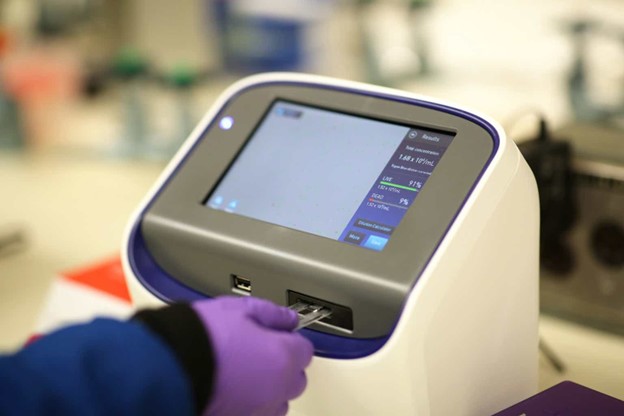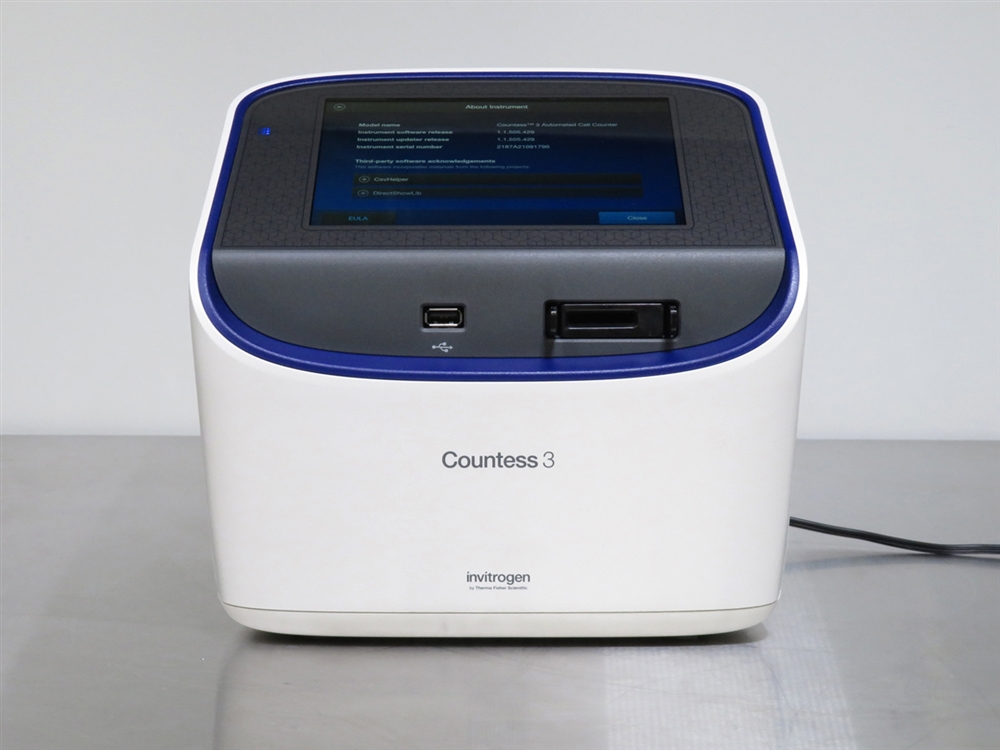
In the fast-evolving landscape of biotechnology, automated cell counters stand at the forefront of innovation, fundamentally transforming laboratory operations. These sophisticated instruments, designed to automate the process of cell counting, have become indispensable tools in the pursuit of scientific advancement. This article ventures into the realm of automated cell counting, shedding light on its myriad benefits and guiding you through the selection and utilization of these pivotal devices.
The Evolution from Manual to Automated Cell CountingTraditionally, cell counting has been a labor-intensive task, fraught with potential for human error, inconsistent results, and considerable time consumption. The advent of automated cell counters has addressed these challenges head-on, offering a solution that marries speed with precision. By leveraging state-of-the-art imaging and data analysis technologies, these devices have redefined what it means to perform cell counting, setting new standards for accuracy and efficiency.
Key Benefits of Automated Cell Counting TechnologiesAutomated cell counters deliver a multitude of advantages that can significantly impact research outcomes and laboratory workflows:
- Unmatched Speed: Process samples in a fraction of the time required for manual counting, facilitating rapid data acquisition and analysis.
- Consistent Accuracy: Minimize variability and improve the reliability of your cell counting results, enhancing the reproducibility of experiments.
- Operational Efficiency: Free up valuable laboratory personnel for more complex tasks, optimizing your resource allocation and productivity.
- Enhanced Data Management: With integrated software solutions, automated counters provide robust data analysis and storage capabilities, ensuring easy access and manipulation of vital research data.
Choosing the right automated cell counter is crucial to meeting your laboratory's specific needs. Considerations should include:
- Sample Compatibility: Ensure the device is suited for the cell types and sizes you work with most frequently.
- Throughput Requirements: Assess the volume of samples processed to select a counter with appropriate capacity.
- Functional Versatility: Look for counters that offer additional features such as viability analysis or multi-fluorescence capabilities, if relevant to your research.
- Ease of Use and Maintenance: A user-friendly interface and minimal maintenance requirements are key for uninterrupted operation.
To fully leverage the capabilities of your automated cell counter, consider the following practices:
- Standardize Sample Preparation: Consistency in sample preparation is critical for accurate counting. Adhering to standardized protocols ensures reliable results.
- Customize Settings for Your Needs: Adjust device settings to tailor the counting process to your specific research requirements, maximizing the accuracy and relevance of your data.
- Implement Regular Maintenance and Calibration: Maintain your counter in peak condition with regular servicing and calibration, safeguarding the longevity and performance of the device.
The integration of automated cell counting into laboratory workflows marks a significant leap forward in scientific research. By streamlining the cell counting process, laboratories can achieve faster experimental turnaround times, bolstering the pace of discovery and innovation. This shift not only enhances the efficiency of research operations but also contributes to the generation of more reliable and reproducible data, a cornerstone of scientific excellence.
Conclusion: Embracing the Revolution in Cell CountingAs we continue to navigate the complexities of biological research, the role of automated cell counters as catalysts for scientific breakthroughs becomes increasingly clear. These devices are not merely tools but partners in the quest for knowledge, empowering researchers to push the boundaries of what is possible. In adopting automated cell counting technologies, laboratories not only invest in the quality and efficiency of their research endeavors but also signal their commitment to advancing the frontiers of science. The journey toward automation is not just about enhancing laboratory workflows; it's about shaping the future of biotechnological research and opening new avenues for discovery and innovation.





